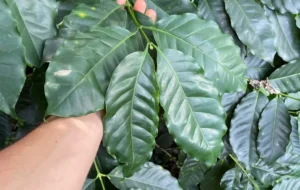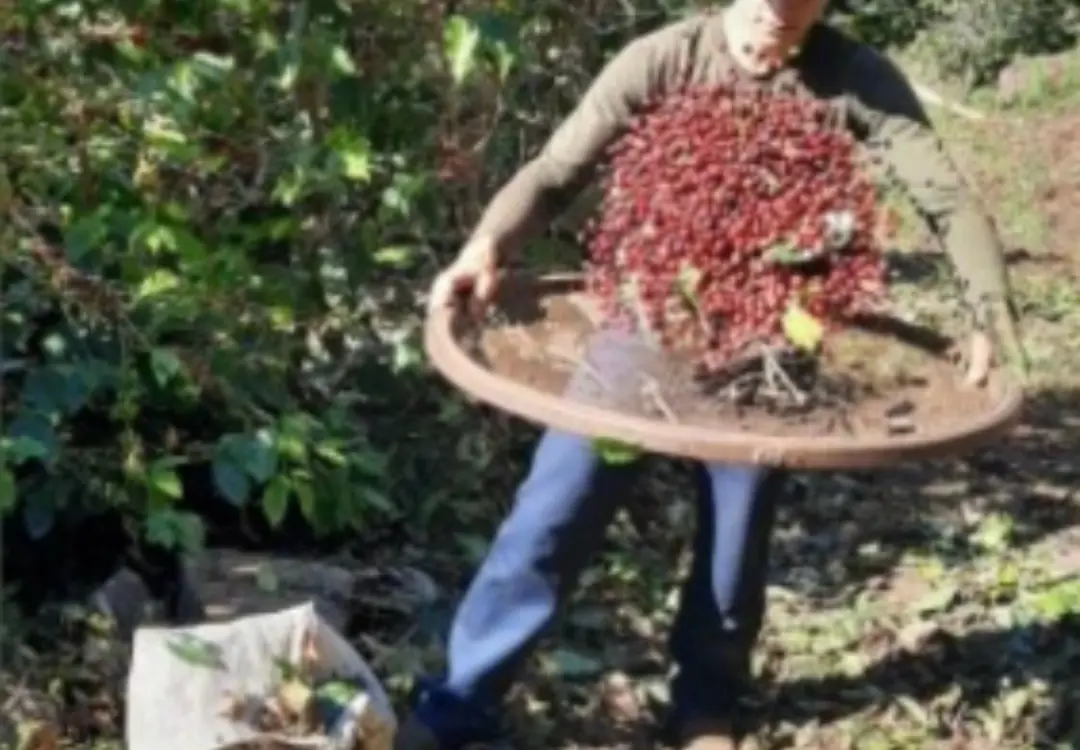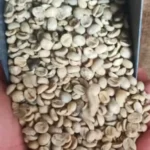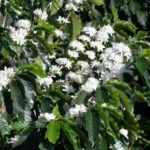What Happens after Coffee Harvesting
Coffee Harvesting
One way of harvesting manually is selective picking, which is done in the cloth only of the cherry fruits. The green fruits will be harvested later when they are ripe. In this case, two to three harvests per plant or plot may be necessary due to the uneven ripeness of the coffee.
This is influenced by several factors such as climate, altitude, number of blooms, plantation densification, among others. As it is a more labor-intensive operation, it is more often used to obtain superior coffee, as cherries are the appropriate raw material.
After being harvested the coffee is pre-cleaning, and must be left in the shade, and may be packed in bags or big-bags and transported to the preparation and processing plant within a maximum of 4 hours. There the beans are washed and separeted. After this stage, the selected lots of coffee are dried under the sun in terraces.
Natural Coffee
The Sun Dried Coffee or Natural Coffee, has characteristics of moderate to low acidity, body, aroma and sweetness!
The fruits are spread out on the terraces in thin layers and turned several times a day to be dried in the sun (natural process). This is a very important stage, as it will influence the final quality of the coffee. It is vital that all coffee beans are dried evenly so that undesirable fermentation doesn’t occur, which damages the quality of the coffee.
The fruits are spread out on the terraces in thin layers and turned several times a day to be dried in the sun (natural process). This is a very important stage, as it will influence the final quality of the coffee. It is vital that all coffee beans are dried evenly so that undesirable fermentation doesn’t occur, which damages the quality of the coffee.
Then the “enleiramento” ( piled up in rows) can be done, which protects the grains from rain, orvaloses and geases.
Towards the end of the drying process the coffee must be piled up during the night and covered with canvas to avoid humidity gain. The end of the drying period takes place when the humidity of the grains remains between 10 to 11%.
Drying time can vary from 10 to 20 days.
When the grains are totally dried they are taken to the “Tulhas” to rest for about 30 days. In this way, the drying time is uniform.
After this final stage the beans are taken to the processing plant where the husks are removed and the beans are selected and bagged. The coffee is transported to our cooperative where it is reprocessed and selected.
The Coffee Plant
Depending on the type of harvest a coffee plant , being a perennial, can last up to 25 years. The coffee plant has a biannual production cycle. In one year it produces a lot and the following year a smaller quantity.
A coffee seedling takes 2 to 3 years to start producing. In the coffee plantation they are planted in rows, forming corridors, to organize and facilitate the harvest, or as we say in Minas Gerais, the “panha” of coffee.
It is in the middle of October, at the beginning of the rains, that the coffee plant eakes up from its winter hibernation period and blooms. On the farm, people say that a blooming coffee plantation looks like a bridal veil. It’s beautiful!
In the coming months, the flowers will become small fruits called “chumbinhos”.
When all the flowers have fallen and only the chumbinhos remain, the maturation period begins, which lasts until the beginning of June, when harvesting begins.
When the soil is organic the leaves are strong and big. In traditional cultivation ( pesticides, fertilizers and chemicals) the leaves are weaker and smaller!
See the difference in the leaves of organic coffee plantation!









